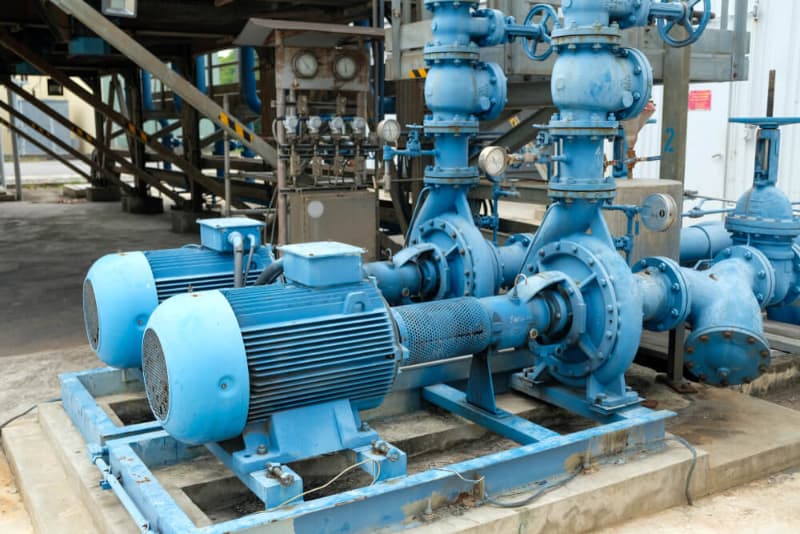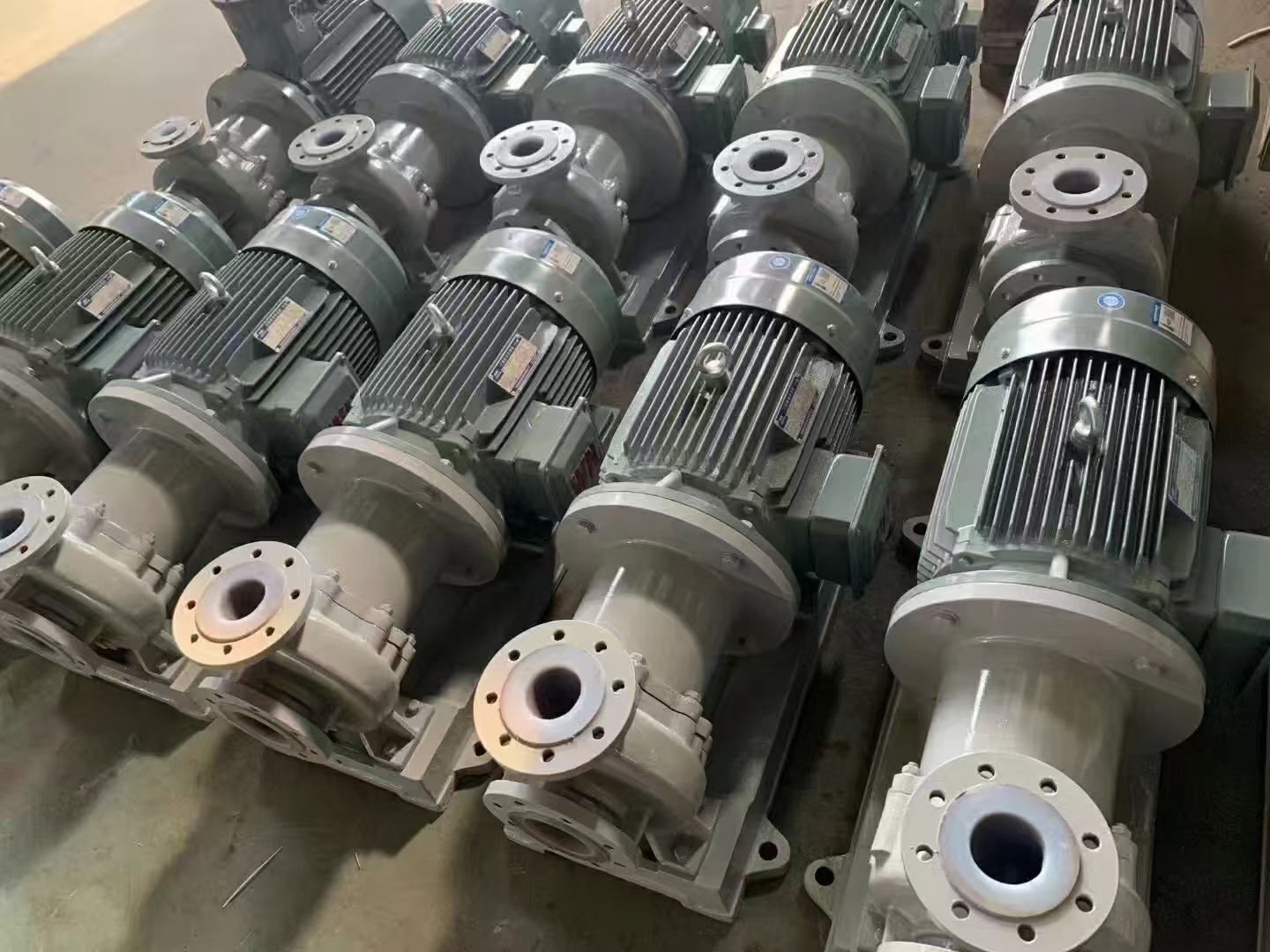Analysis and Troubleshooting of Seven Common Failures in Stainless Steel Submersible Pumps
Stainless steel submersible pumps are widely used in drainage applications across industries such as pharmaceuticals, environmental protection, food, chemicals, and power due to their corrosion resistance, hygiene, energy efficiency, environmental friendliness, non-clogging design, high flow rate, and strong passage capability.

I. Causes and Solutions for Insufficient Flow or No Water Output During Operation:
1.The pump is installed too high, resulting in insufficient impeller immersion depth and reduced water output. Control the allowable deviation in installation height and avoid arbitrary adjustments.
2.The pump rotates in the opposite direction. Before test operation, run the motor without load to ensure its rotation direction matches the pump’s. If this issue occurs during operation, check whether the power phase sequence has changed.
3.The outlet valve fails to open. Inspect the valve and perform regular maintenance.
4.The outlet pipeline is blocked, or the impeller is clogged. Clear blockages in the pipeline and impeller, and regularly remove debris from the reservoir.
5.The lower wear ring of the pump is severely worn or clogged with debris. Clear the debris or replace the wear ring.
6.The pumped liquid has excessively high density or viscosity. Identify and address the cause of changes in water quality.
7.The impeller is loose or damaged. Reinforce or replace the impeller.
8.For multiple pumps sharing a common pipeline, no check valve is installed, or the check valve is poorly sealed. Investigate the cause and install or replace the check valve.
II. Causes of Abnormal Vibration and Instability During Operation:
1.The anchor bolts of the pump base are loose or not tightened evenly. Tighten all anchor bolts uniformly.
2.The outlet pipeline lacks independent support, transmitting vibration to the pump. Provide independent and stable support for the outlet pipeline to prevent the pump’s flange from bearing weight.
3.The impeller is unbalanced, damaged, or loosely installed. Repair or replace the impeller.
4.The upper or lower bearings of the pump are damaged. Replace the bearings.

III. Causes of Excessive Current, Motor Overload, or Overheating:
1.The operating voltage is too low or too high. Check the power supply voltage and adjust the output voltage.
2.There is friction between dynamic and static components inside the pump or between the impeller and the seal ring. Identify the location of the friction and resolve the issue.
3.The low head and high flow rate cause a mismatch between the motor power and the pump’s characteristics. Adjust the valve to reduce the flow rate, ensuring the motor power matches the pump’s requirements.
4.The pumped liquid has high density or viscosity. Investigate the cause of changes in water quality and adjust the pump’s operating conditions.
5.The bearings are damaged. Replace the bearings at both ends of the motor.
IV. Causes and Solutions for Low Insulation Resistance:
1.The power cable terminals were submerged during installation, or the power/signal cables were damaged, allowing water ingress. Replace the cables or signal lines and dry the motor.
2.The mechanical seal is worn or improperly installed. Replace the upper and lower mechanical seals and dry the motor.
3.The O-rings have aged and lost their effectiveness. Replace all sealing rings and dry the motor.

V. Causes and Solutions for Visible Water Leakage at Pipeline or Flange Connections:
1.The pipeline itself has defects and was not pressure-tested.
2.The gasket connection at the flange joint was improperly handled.
3.The flange bolts were not tightened correctly.
Repair or replace defective pipes. Realign severely misaligned pipes and reconnect them, ensuring bolts are inserted and tightened freely. After installation, conduct systematic pressure and leakage tests. Replace components as necessary.
VI. Internal Leakage in Stainless Steel Submersible Pumps:
Leakage in the submersible pump can lead to insulation damage, bearing immersion, alarm triggers, and forced shutdown.
Main causes: Damage to dynamic seals (mechanical seals) or static seals (special seals for cable inlets, O-rings) causing leakage, or damage to power/signal cables allowing water ingress. Alarms such as water immersion, leakage, or humidity may trigger shutdown.
Before installation, inspect the quality of all sealing components. Ensure all sealing surfaces make proper contact during installation. Before operation, check the motor’s phase-to-phase and ground insulation resistance, as well as the functionality of all alarm sensors. If such failures occur during operation, replace all damaged seals and cables, and dry the motor. Do not reuse.
VII. Pump Reverse Rotation After Shutdown:
1.Reverse rotation after power-off is mainly due to malfunctioning check valves or flap valves in the outlet pipeline.
2.Troubleshooting: Before installation, inspect the check valves for correct installation direction and ensure the flap valve is aligned and operates flexibly. Regularly check the check valves or flap valves during operation, repairing or replacing damaged parts. Use high-quality check valves or flap valves.
Welcome everyone to visit and inspect Anhui Shengshi Datang.